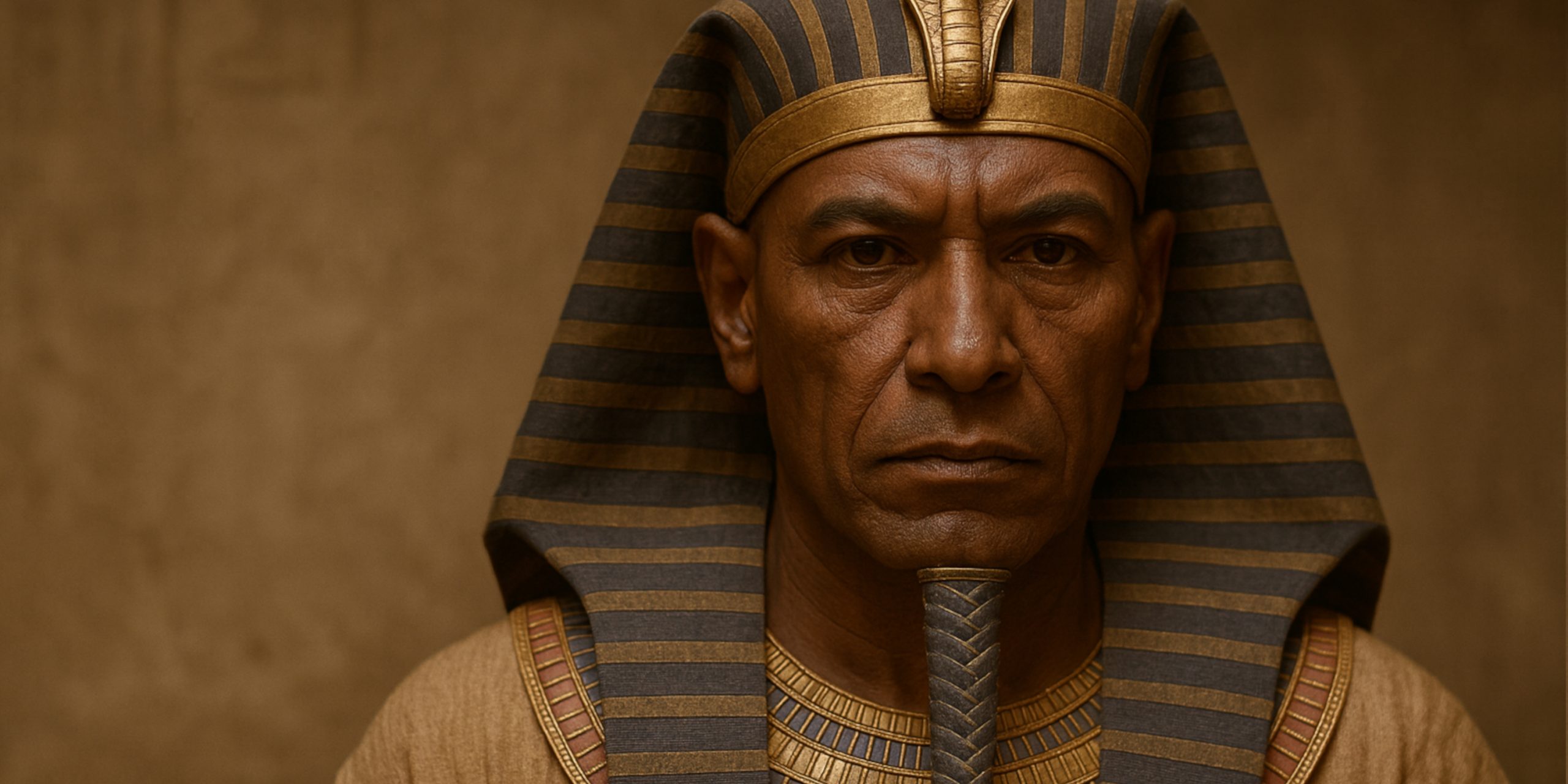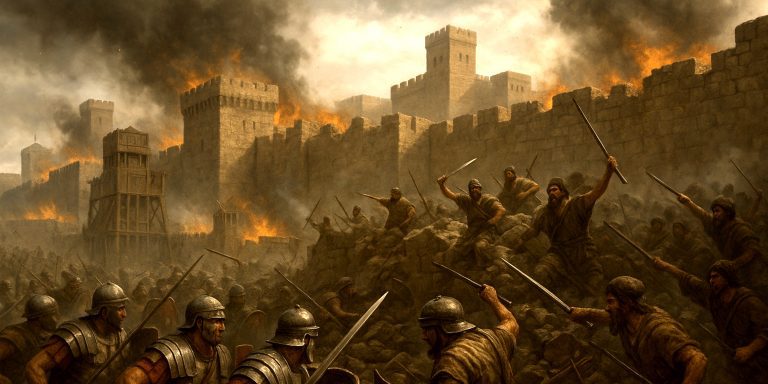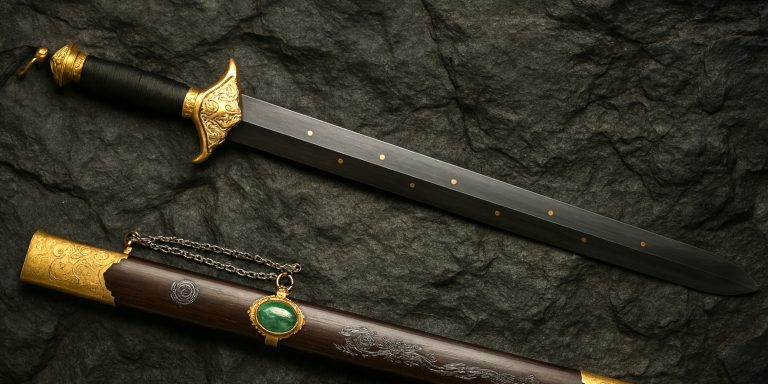
Thutmose III, often referred to as the “Napoleon of Egypt,” ruled during the 18th Dynasty and is remembered as one of ancient Egypt’s most capable warrior pharaohs. His reign, from around 1479 to 1425 BC, was marked by territorial expansion, military innovation, and administrative reforms that consolidated Egypt’s power across the Near East.
Arms and Armour
Thutmose III’s military success was supported by the well-equipped New Kingdom army. Weapons of the period included bronze-tipped spears, composite bows, and khopesh swords. Chariots played a crucial role in his campaigns, often drawn by teams of two horses and used both for mobility and shock tactics. Armour was generally limited to scale corselets made from bronze or hardened leather for elite troops, while most infantry relied on large hide-covered shields for protection. Depictions from temple reliefs show Egyptian soldiers in short kilts with linen headcloths, archers carrying quivers on their backs, and charioteers wearing more protective gear.
Battles and Military Acumen
Thutmose III’s campaigns are among the best-documented in Egyptian history, thanks in part to detailed inscriptions at Karnak Temple. His most famous engagement was the Battle of Megiddo, around 1457 BC, in which he led a daring march through a narrow mountain pass to surprise the Canaanite coalition. The victory secured Egyptian dominance over much of the Levant.
Over the course of seventeen known campaigns, he extended Egyptian influence deep into Syria and reached the Euphrates River. His strategy often relied on speed, deception, and the use of multiple attack routes to confuse enemies. He was also skilled in maintaining supply lines over long distances, ensuring his forces could campaign far from the Nile Valley without losing cohesion.
Where to See Artefacts from His Reign
Several important artefacts linked to Thutmose III can be found in major museum collections:
- Egyptian Museum, Cairo – Contains statuary, relief fragments, and ceremonial items from his reign.
- Louvre Museum, Paris – Holds a number of inscribed stelae and smaller objects bearing his cartouche.
- British Museum, London – Displays relief fragments and tools from the 18th Dynasty, some attributed to his era.
- Metropolitan Museum of Art, New York – Houses chariot parts, weapons, and decorative objects from the New Kingdom period, including items linked to his military expeditions.
Latest Archaeological Findings
Recent excavations and studies have provided fresh insight into Thutmose III’s reign. Epigraphic surveys at Karnak have clarified aspects of his campaign routes and tribute lists. Analysis of chariot remains from New Kingdom contexts has deepened understanding of the technological sophistication of his forces. In Theban tombs, new fragmentary wall scenes have been identified showing military processions, potentially offering more information about troop composition.
Ongoing archaeological work in the Levant continues to uncover sites that may have been garrisoned or influenced by Egypt during his reign, adding detail to the scale of his empire and the network of trade and tribute he maintained.
Watch the documentary:



